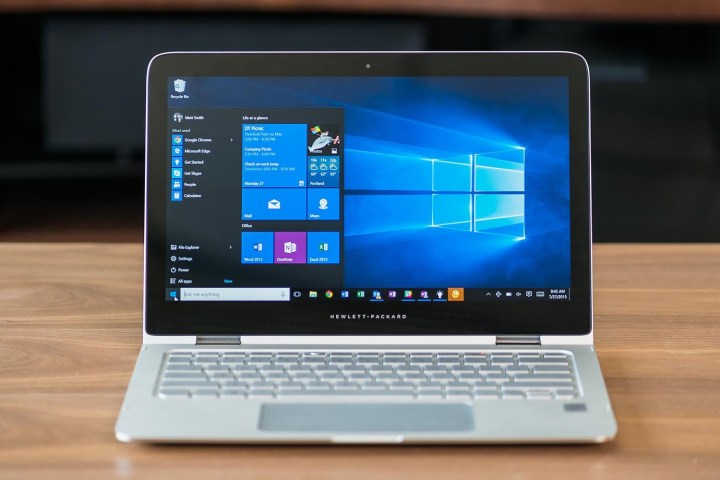
Perhaps the most useful feature added in the newest build gives Cortana the ability to search through Office 365 content. Files in OneDrive for Business, SharePoint, and your emails, contacts and calendar can all be included or excluded from your queries using filters added to the search UI.
However, server-side issues are causing some interference with Cortana’s new tricks. This functionality might not work as desired just yet, but Microsoft is aware of the problem and hopes to have the situation resolved shortly, according to a report from WinBeta.
Changes have been made to the Command Prompt with a view to improving usability. Windows should scale better on PCs using a high DPI display, font selection and rendering has been improved for international characters, and there’s a bevy of slight refinements to things like cursor rendering and hiding and background painting.
Microsoft has also responded to issues reported by users working with Bash. Networking issues that interfered with sustaining an Internet connection have now been taken care of, and solutions have been found for problems encountered when moving files between mount points.
Finally, there are some improvements to battery life for Surface devices or other Connected Standby PCs. Using lessons learned in the development of the Battery Saver utility, the team has been able to implement a method of de-prioritizing less valuable activity while maintaining an Internet connection and associated processes.
Build 14332 of Windows 10 is available now to users in the fast ring of the Insider program. To get your hands on the newest build, head to the Settings app and navigate to the Update & Security section.
Editors' Recommendations
- Windows 11 might nag you about AI requirements soon
- You’re going to hate the latest change to Windows 11
- The most common Windows 11 problems and how to fix them
- Microsoft announces a new threat to push people to Windows 11
- How to adjust screen resolution in Windows 11 and older


